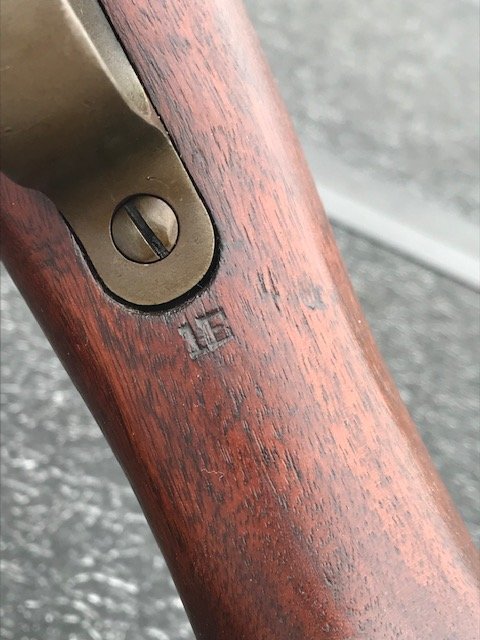RT468
Active Member
Haven't seen any postings about using wood dye on stocks or furniture.Or I didn't use the correct verbiage in the search function. I have seen pics on one of the M14 forums that were astounding. To the point I'd be afraid to touch the finished product. So to that end, has anybody local used wood dye and if so any pics to show results? Which dyes and how was it applied? Any surplus dye available before I order some online(cheap but hate to waste consummables) and have shipped? I picked up a few stocks to practice on but pretty sure they are Walnut and less likely to take dye as opposed to stain. Looking for motivation before I commit to working on one or both of my never issued Birch M14 Big Red or E2 stocks. I'm a visual type person post pics if you've got em and maybe one of my long term projects will get moving. I know that final results will depend on the grain of the wood,prep and mixture of solvents and dyes and what patience and skills I may have. Looking to jump start a long over due and stalled project so hoping this gets a few replies. So this is both an informational as well as motivational post.

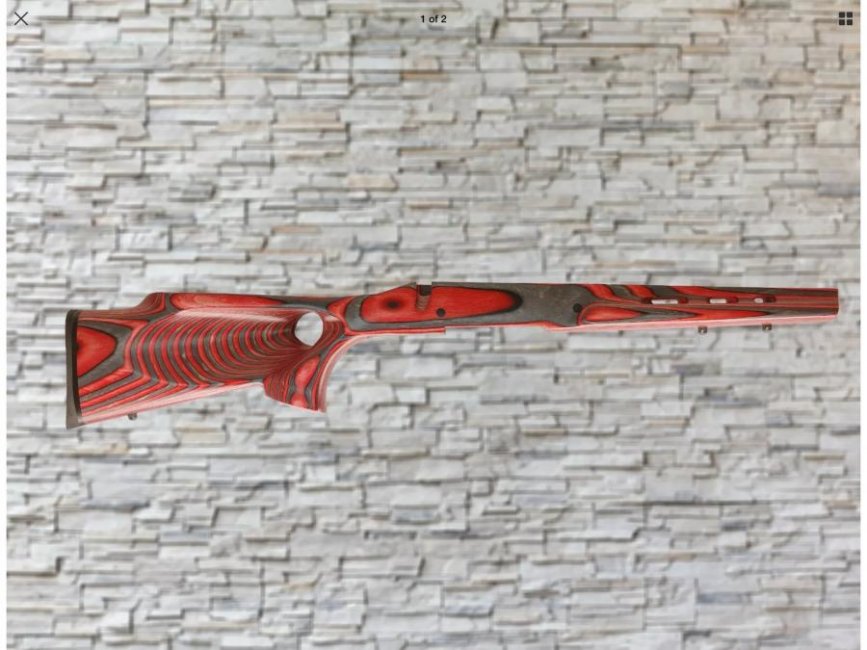
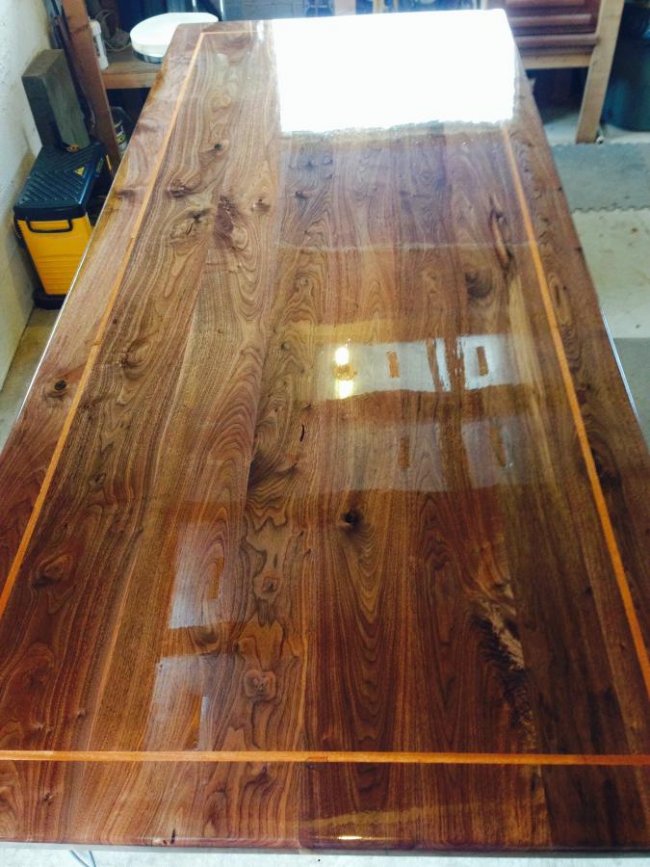
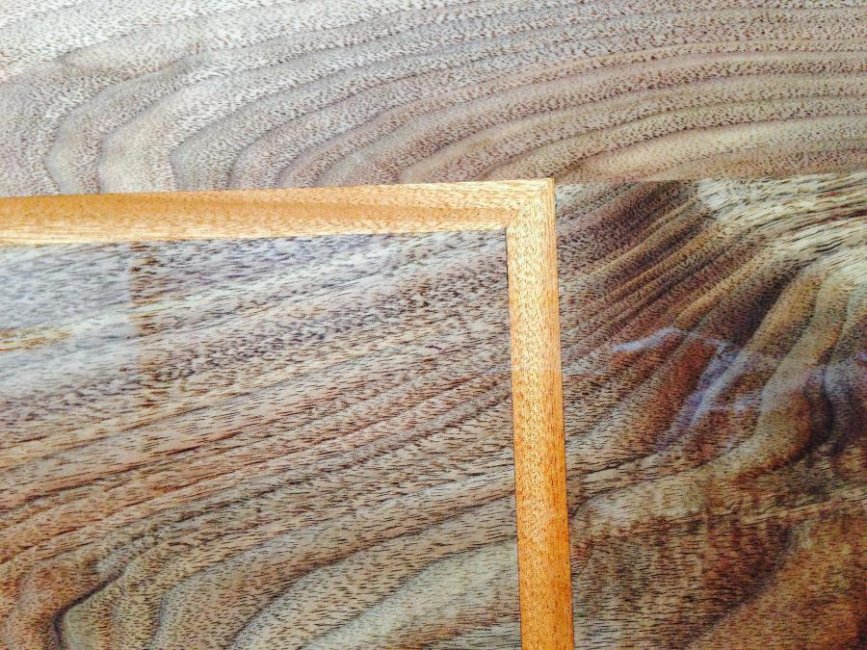

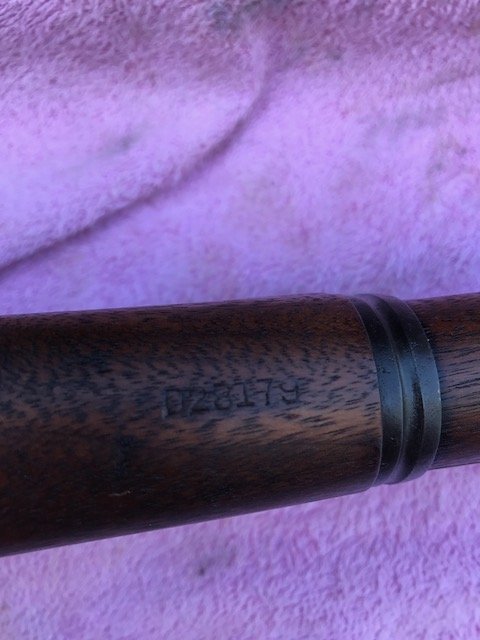
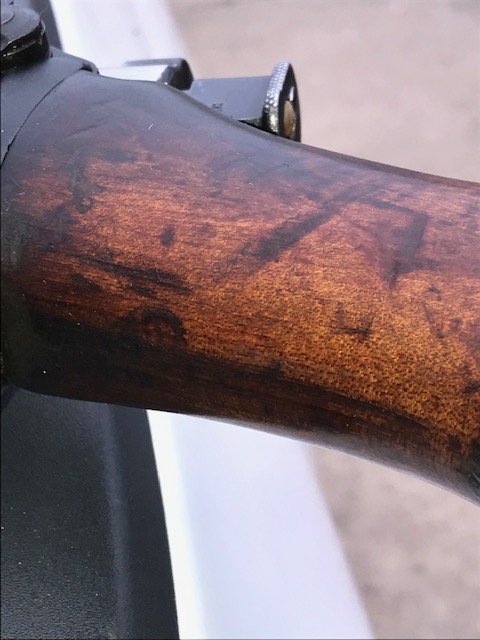
![IMG_1564[5834].jpg IMG_1564[5834].jpg](https://www.mdshooters.com/data/attachments/240/240751-ab6d9c18dadd2e1758782215270a0488.jpg)
